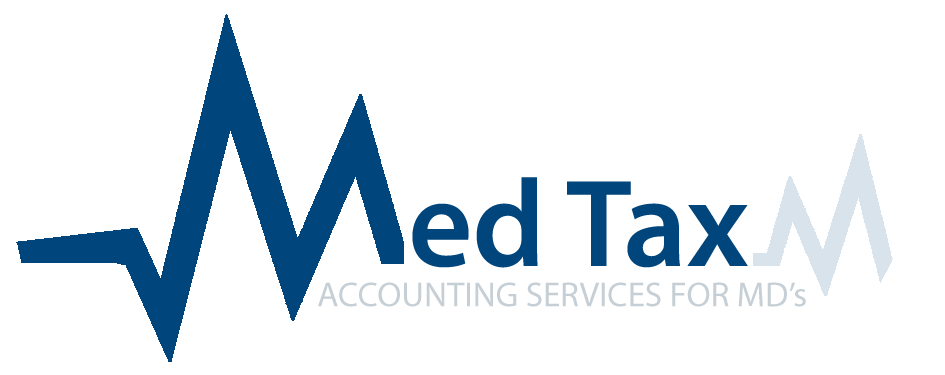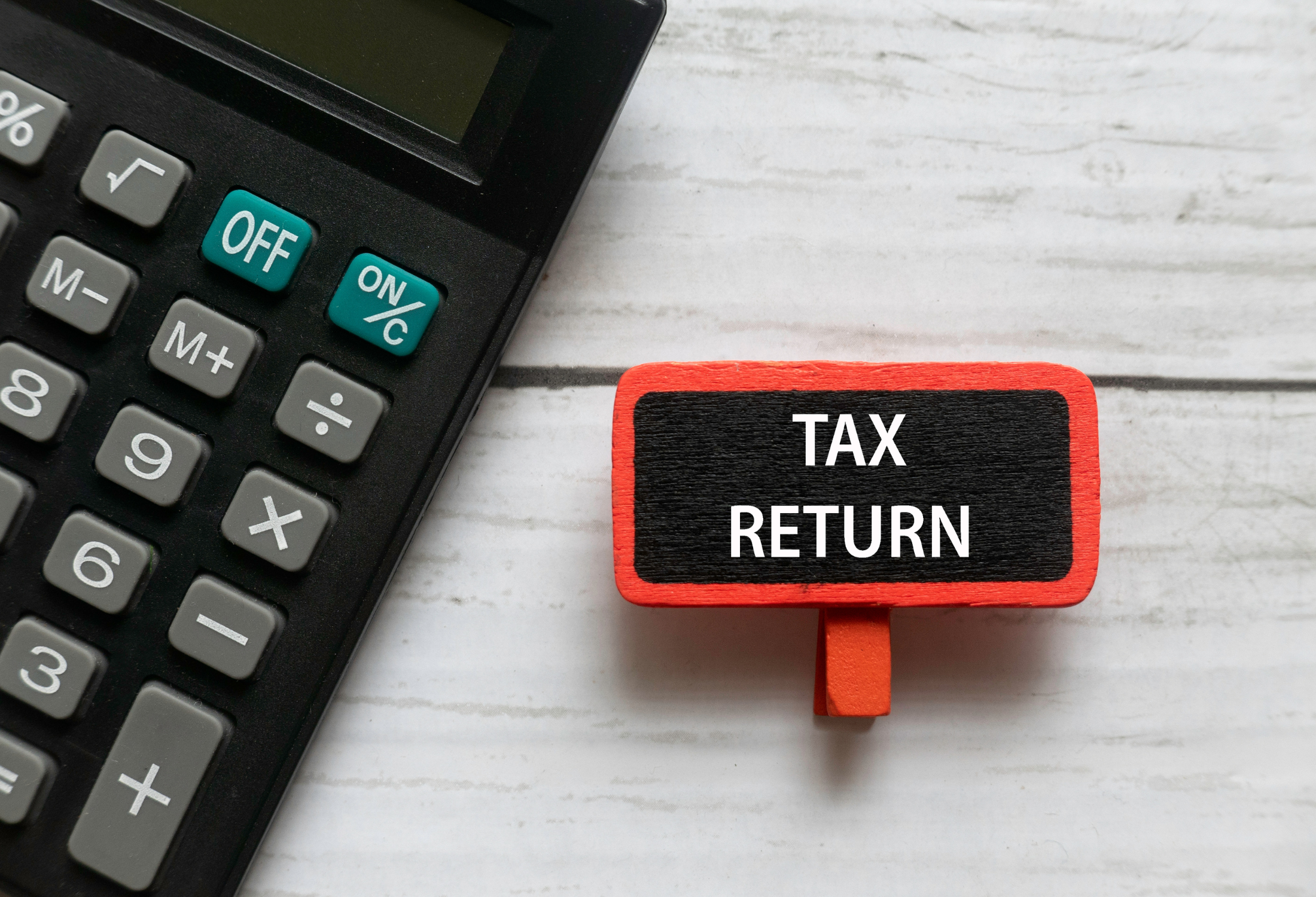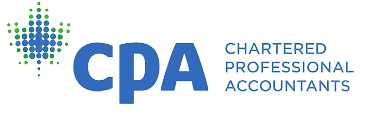There are many steps involved in preparing to file a tax return, and navigating the process can be overwhelming. Our financial advisors are experts in tax preparation and can help take the weight off your shoulders. We will work with you to ensure you have a solid understanding of the requirements and have taken all of the necessary steps to complete your return. To help get you started, we’ve compiled a list of the steps needed to complete a tax return, with a brief explanation of each requirement. To get instant access to our top tax deductions when filing your tax return, check out our blog section here for a full list.
Bank Statements
- MPC
- Used to assess income and expenses for the tax year. Obtaining bank statements ensures we deduct all eligible expenses from income to make sure the least amount of tax is paid.
- Personal
- Used to identify any and all personal expenses that can be used to reduce taxes, or to generate tax credits.
Credit Card Statements
- MPC
- Used to assess income and expenses for the tax year. Obtaining bank statements ensures we deduct all eligible expenses from income to make sure the least amount of tax is paid.
- Personal
- Used to identify any and all personal expenses that can be used to reduce taxes, or to generate tax credits.
Investment Statements
- MPC
- Used to determine market value vs Adjusted Cost base of investments. Investment income will appear on your income statement as taxable income and the market value of your investments will appear on your balance sheet as an asset.
- Statements will also be used to determine if your asset allocation is favourable under the passive income rules for corporate investment accounts.
- T5/T3 etc
- Used to determine how investment income is earned. T5 is a dividend your corporation receives, T3 is income from a trust or a mutual fund income→ (more likely)
CRA Statements
- RC, Corporate Income Tax
- Reviewing this account will show how much corporate tax you owe and how much you have already prepaid. Then we determine if there is a shortfall or surplus in the account.
- RP, Payroll Deductions
- Reviewing this account shows how much payroll tax, CPP and EI have been withheld at source. This will be compared to any salaries your corporation issues to determine if appropriate amounts were withheld.
- RT, HST
- Reviewing this account shows how much HST tax your corporation owes and how much has been prepaid. Medical income is HST exempt. This will only apply to Doctors who earn over $30k in non-medical income (ex. Consulting, Panel presentations).
CPSO Invoices
- Other dues (OMA, etc)
- Put notes beside all debits & credits for banking activity
- Track adjusted cost base of investments
- Reconcile investment income with investment statements
- Reconcile tax payments, record interest paid/earned.
- Reconcile salary/dividends paid to owners with withdrawals for MPC
- Reconcile personal expenses paid on MPC cards
- Enter data into software to create financial statements
- Balance financial statements
- Enter F/S into tax software
- Reconcile different schedules on tax software with annual activity in financial statements
- Enter installments paid
- Verify tax expense compared to annual activity for reasonableness? tax rates
- Record tax provisions
- Calculate tax amounts owing on filing
- File return with CRA
- Follow up on returns filed to ensure they are assessed properly
- Follow up to ensure tax bills are paid
- Calculate installment payments for next year
- Set up installment payments
Need help in completing taxes? Reach out to one of our expert accountants here! We’d be happy to help.







